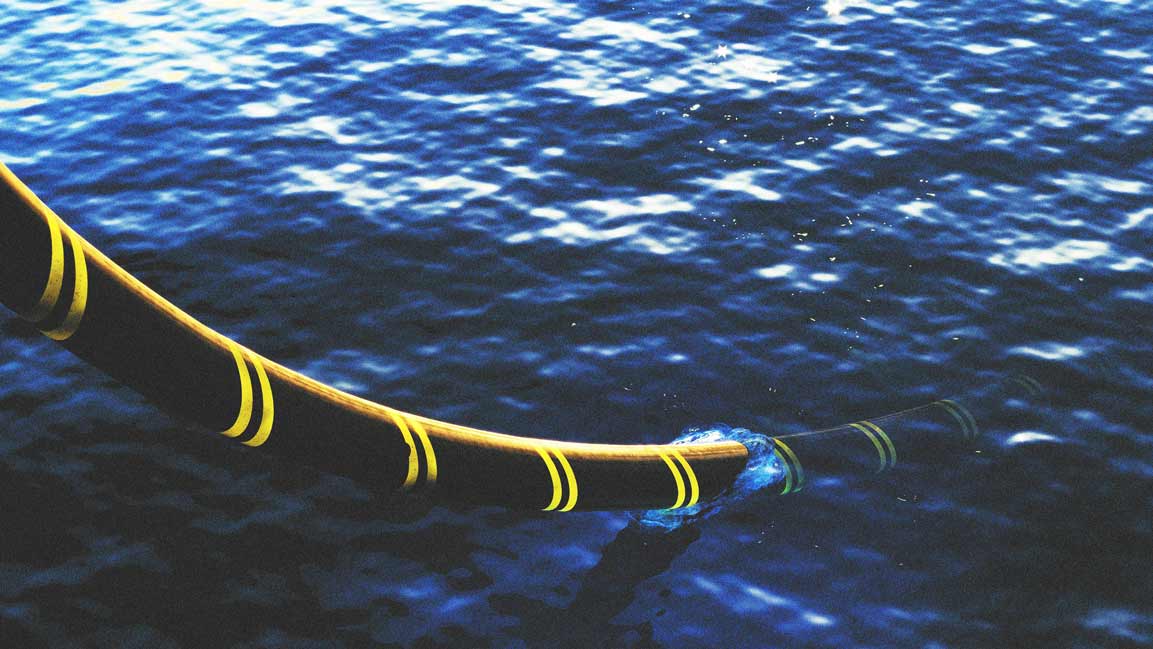- | 9:00 am
IoT-driven sustainability is a strategic and moral imperative
Internet of things technology is an operational upgrade, but also a wise consumer move.

With businesses consuming a significant portion of the world’s energy supply, organizations have the power to make a lasting impact on energy efficiency. Commercial buildings, for instance, consume about 18% of the nation’s energy. Globally, both commercial and residential buildings contribute to approximately 30% of the world’s final energy consumption. That said, in order to decrease gas emissions and combat climate change, businesses must first understand their initial energy consumption. This requires data.
Companies also need to know how they are consuming it to effectively become more sustainable. Plus, with 84% of customers stating that poor environmental practices will alienate them from a brand or company, businesses must prioritize sustainability moving forward or risk losing consumer trust, facing regulatory penalties, and missing out on significant cost savings and operational efficiencies. As the power of the internet of things (IoT) continues to be leveraged across industries, the new connected reality has become a game changer in sustainability strategies among companies trying to enter a more energy-efficient, cost-effective reality.
Barriers to becoming energy efficient
The advent of IoT devices has revolutionized the landscape of business operations, but company leaders must fill the knowledge gap to avoid using IoT technology in the wrong places or underutilizing them altogether. IoT devices, such as smart energy meters and internet-connected relays, are essential to managing, monitoring, and reducing energy consumption. These devices can automate and control systems in a building, including lighting, heating, and cooling. Plus, when the resulting savings are considered, the initial investment in IoT technology quickly pays for itself, making it a financially sound choice for businesses targeting enhanced sustainability practices.
While outfitting a building with IoT devices may initially seem like a substantial investment, the long-term benefits far outweigh the upfront costs. Businesses can start with essential systems and gradually expand their IoT infrastructure, spreading out expenses and minimizing financial strain. Furthermore, many IoT solutions are designed to be scalable and modular, allowing for incremental upgrades as budgets permit. This phased approach not only makes the transition more manageable but also ensures that companies can begin realizing savings and efficiencies from the outset. The return on investment becomes evident with decreasing operational costs, improved productivity, and optimized resource utilization.
That said, the importance of interoperability cannot be overstated when integrating IoT devices into a business environment. Each company has unique needs and operational nuances, and a one-size-fits-all solution is rarely effective. By leveraging interoperable devices and platforms, businesses can avoid the pitfalls of proprietary systems and ensure that their IoT infrastructure can evolve with technological advancements. This flexibility not only enhances performance but also future-proofs the investment, allowing companies to adapt and grow without being constrained by their technological choices.
Build resilient systems
By integrating IoT devices, companies can achieve real-time monitoring and data collection across various aspects of their operations. For instance, smart sensors can optimize facilities’ energy usage by adjusting heating, cooling, and lighting systems based on occupancy and environmental conditions, leading to substantial reductions in energy waste. Additionally, IoT-enabled predictive maintenance can monitor equipment health and predict failures before they occur, minimizing downtime and extending the machinery’s lifespan. These efficiencies translate into reduced operational expenses and improved productivity, directly impacting the bottom line.
IoT devices also play a crucial role in advancing sustainability initiatives that drive long-term success. IoT solutions can support regulatory compliance and reporting requirements, ensuring businesses meet sustainability standards and avoid potential fines. Furthermore, IoT solutions amplify sustainable practices by monitoring resource consumption and emissions, allowing companies to identify areas for improvement and implement eco-friendly initiatives while achieving game-changing cost savings.
Impact a more connected world
According to a McKinsey & Company report, investors and consumers are looking for clear communication from organizations about their environmental, social, and governance (ESG) performance, including energy efficiency. The integration of IoT devices across the globe holds the promise of a world where economic growth and environmental stewardship go hand in hand. Imagine a world where buildings automatically adjust their energy usage based on occupancy patterns, where optimized supply chains minimize waste, and where real-time data empowers businesses to make informed, sustainable decisions. This is the future IoT technology can help us achieve.
Investing in IoT for sustainable practices is a forward-thinking move that provides enduring benefits for companies and the planet. Business leaders must take the first step today to position their company as a pioneer in sustainable business practices or become disadvantaged in the eco-conscious market of tomorrow.
Svetlin Todorov is CEO of Shelly USA.







































